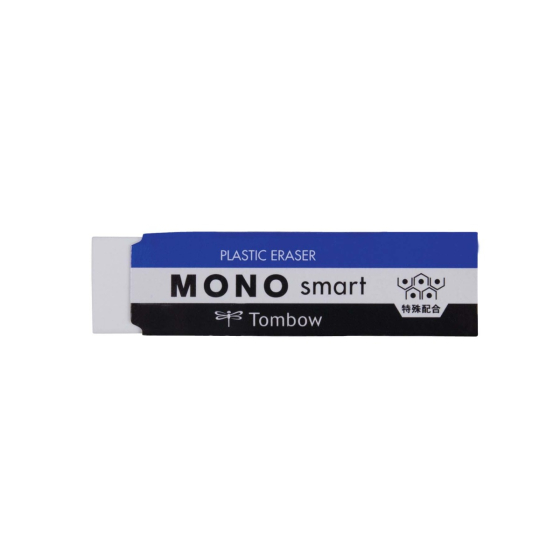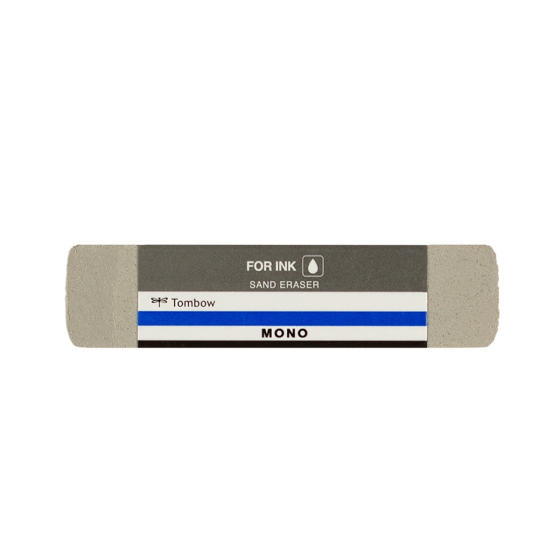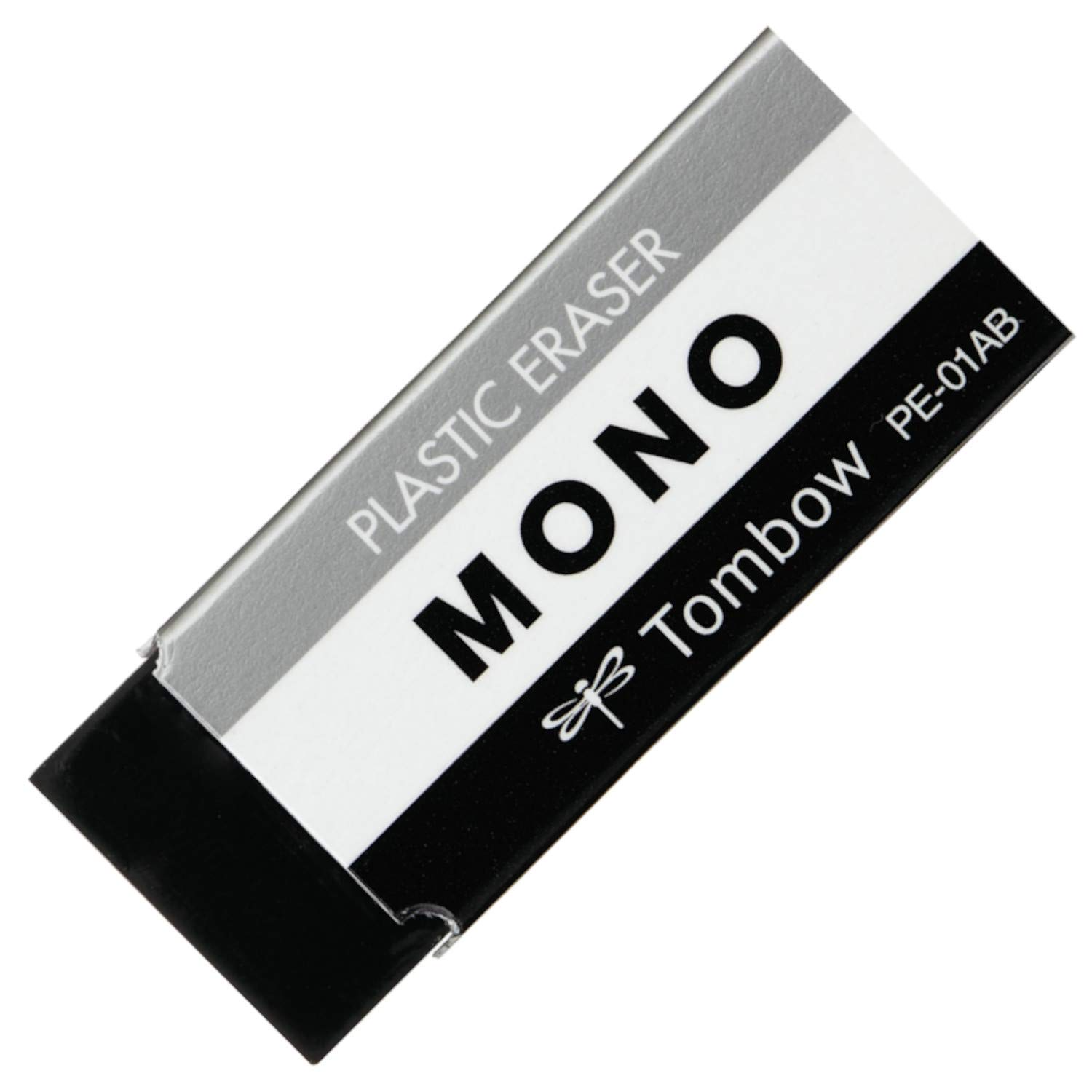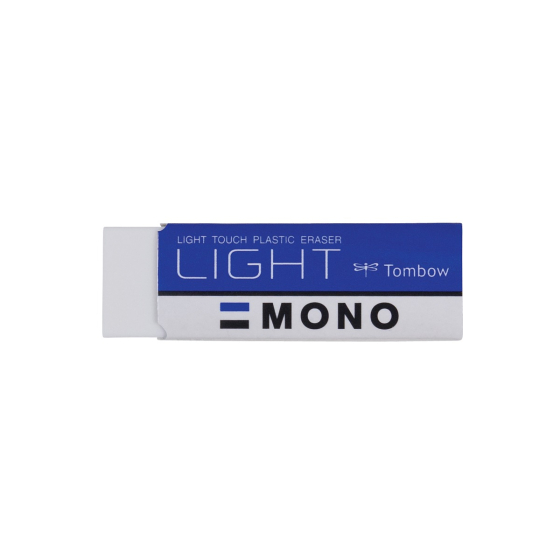Introduction
In the world of stationery supplies, few items hold as much importance and utility as the humble mono eraser. Often overlooked in favor of flashier tools like colorful pens or elaborate notebooks, the mono eraser quietly performs its crucial task of correcting mistakes with precision and efficiency. In this comprehensive guide, we will delve into the various aspects of mono erasers, exploring their history, design, uses, and importance in both academic and professional settings.
The Evolution of Erasers:
From Rubber to Mono Erasers have been an essential tool for writers and artists for centuries, dating back to the use of natural rubber in the 18th century. The invention of the rubber eraser revolutionized the way mistakes could be corrected, paving the way for more precise and neat writing. However, it was not until the advent of the mono eraser that erasing became an art form in itself.
The mono eraser, with its sleek design and advanced erasing capabilities, represents the pinnacle of eraser technology. Unlike traditional erasers that smudge and leave residue behind, mono erasers offer clean and precise erasing, making them a favorite among professionals and students alike.
Design and Composition: The Anatomy of a Mono Eraser
The anatomy of a mono eraser is a fascinating subject, as its design and composition play a crucial role in its performance and usability. Let’s explore the key components that make up a typical mono eraser:
Casing:
The outer shell of a mono eraser is usually made of high-quality plastic. This casing serves to protect the eraser material from dirt, damage, and wear when not in use. It also provides a comfortable and ergonomic grip for the user, allowing for precise control during erasing.
Eraser Material:
The heart of the mono eraser is, of course, the eraser material itself. Unlike traditional rubber erasers, mono erasers are made of a special polymer compound that offers superior erasing capabilities without leaving behind smudges or residue. This advanced material allows for clean and precise erasing, making it ideal for professional and artistic applications.
Retractable Mechanism:
Many mono erasers feature a retractable design, allowing the user to extend and retract the eraser as needed. This not only helps protect the eraser from environmental elements but also ensures that it remains in pristine condition for when it’s needed. The retractable mechanism also adds to the overall durability of the eraser.
Ergonomic Shape:
The shape of a mono eraser is designed with user comfort and precision in mind. Its ergonomic form ensures a comfortable grip and allows for detailed erasing tasks without causing hand fatigue.
Understanding the design and composition of a mono eraser not only gives insight into the thought and engineering that goes into creating this essential tool but also helps users appreciate its functionality and versatility.
Uses and Applications: Beyond Just Correction
While the primary function of mono erasers is to correct mistakes, their utility extends far beyond simple erasing. Artists use mono erasers to create highlights and textures in their drawings, while architects rely on them to make precise adjustments to blueprints and sketches. In the classroom, mono erasers are indispensable for students taking notes or completing assignments, ensuring that errors can be quickly and cleanly corrected.

Mono erasers are also versatile tools for mixed media projects, allowing creators to experiment with layering and blending techniques. Their ability to erase with precision makes them essential for refining details and achieving professional-quality results in various artistic endeavors.
The Importance of Quality: Choosing the Right Mono Eraser
When it comes to choosing the right mono eraser, quality is paramount. A high-quality mono eraser can make a significant difference in erasing performance, durability, and overall user experience. Here are some key points to consider when selecting a quality mono eraser:
Erasing Efficiency:
A good mono eraser should provide efficient and clean erasing without smudging or leaving residue on the paper. Look for erasers that glide smoothly over the surface, effectively removing pencil marks with minimal effort.
Durability:
The durability of a mono eraser is crucial, especially for users who rely on it regularly for erasing tasks. High-quality erasers should be long-lasting and resistant to wear, ensuring that they maintain their erasing effectiveness even after extended use.
Compatibility:
Consider the compatibility of the mono eraser with different types of paper. A quality eraser should work well on various paper surfaces without causing damage or tearing. It should erase pencil marks cleanly without leaving any marks behind.
Brand Reputation:
Opt for mono erasers from reputable stationery brands known for their quality products. Brands with a history of producing reliable and effective erasers are more likely to offer a superior product that meets your erasing needs.
User Reviews:
Before making a purchase, take the time to read reviews and feedback from other users. Their experiences can provide valuable insights into the performance and reliability of a particular mono eraser.
Price vs. Quality:
While price is a consideration, prioritize quality over cost when choosing a mono eraser. Investing in a high-quality eraser may initially cost more but can ultimately save you money by lasting longer and providing better erasing results.
By focusing on erasing efficiency, durability, compatibility, brand reputation, user reviews, and the balance between price and quality, you can ensure that you select the right mono eraser that meets your specific erasing needs and delivers a superior erasing experience.
Tips for Using Mono Erasers Effectively
To make the most of your mono eraser, consider the following tips for effective erasing:
- Use light pressure: Applying excessive pressure when erasing can cause damage to the paper and reduce the lifespan of the eraser. Use gentle, controlled movements for best results.
- Erase in one direction: To avoid smudging, erase in one consistent direction rather than back and forth.
- Clean the eraser regularly: Dust and debris can accumulate on the eraser surface, affecting its performance. Wipe the eraser clean with a soft cloth or tissue to maintain optimal erasing quality.
- Replace when necessary: As with any tool, mono erasers have a limited lifespan. Replace your eraser when it becomes worn down or ineffective to ensure continued precision erasing.
Conclusion:
In conclusion, the mono eraser may be small in size, but its impact on the world of stationery and creativity is immense. From correcting mistakes to enhancing artistic creations, mono erasers play a vital role in helping individuals express themselves with precision and confidence. By understanding the design, uses, and importance of mono erasers, users can unlock the full potential of this essential tool and elevate their writing and artistic endeavors to new heights.




